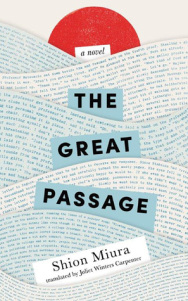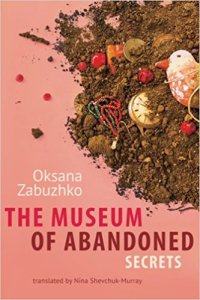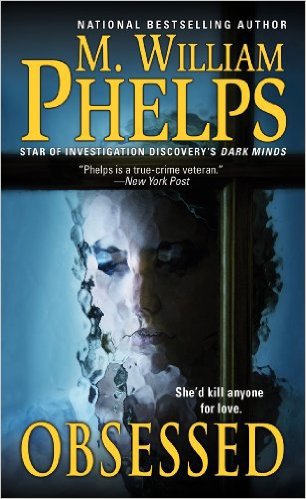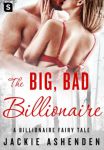 Fans of novels in translation may not know this literary secret: AmazonCrossing, Amazon’s translation imprint, is the largest publisher of fiction in English translation.
Fans of novels in translation may not know this literary secret: AmazonCrossing, Amazon’s translation imprint, is the largest publisher of fiction in English translation.
According to statistics in 2015, AmazonCrossing published 75 titles, while the second largest publisher, Dalkey Archive, published only 25.
I read these stats and immediately forgot them, of course, because when I read a book in translation it is likely to be by Balzac.
But AmazonCrossing is a little different, in that it publishes many genres, not just the literary fiction favored by small presses or best-sellers by the brilliant Haruki Murakami.
I recently read a review in the New York Times of a new AmazonCrossing novel, Shion Miura’s The Great Passage. And the hero is a dictionary editor! (How fun.) I already appreciate the translator, the award-winning Juliet Winters Carpenter. Have you read her brilliant translation of Minae Mizumura’s A True Novel, a Japanese retelling of Wuthering Heights? (One of my favorite books: I posted about it here.)
 I am reading another AmazonCrossing book at the moment, a 2009 Urkainian novel, The Museum of Abandoned Secrets, by Oksana Zabuzhko. (The translator is Nina Shevchuck-Murray.) It is the first modern novel I have read set in Ukraine. Zabuzhko, who has a Ph.D. in philosophy and has written 17 books of fiction, poetry, and essays, uses techniques like stream-of-consciousness and one-sided dialogues. The narrative is complicated, but compelling.
I am reading another AmazonCrossing book at the moment, a 2009 Urkainian novel, The Museum of Abandoned Secrets, by Oksana Zabuzhko. (The translator is Nina Shevchuck-Murray.) It is the first modern novel I have read set in Ukraine. Zabuzhko, who has a Ph.D. in philosophy and has written 17 books of fiction, poetry, and essays, uses techniques like stream-of-consciousness and one-sided dialogues. The narrative is complicated, but compelling.
Losses and secrets: the heroine’s life is full of them. Daryna Goshchynska, a popular TV journalist, is always looking for new material. When she finds a photo of Olena Dovgan, a member of the Ukrainian Insurgent Army killed by Stalin’s secret police in 1947, she decides to make a documentary about her. Olena’s charming grand-nephew, Aidan, an antique dealer, comes forward, and they become lovers. He has eerie dreams that seem to be the memories of someone who knew Olena in the ’40s.
Daryna’s obsession with Elena may be partly because of her loss of other people: her father, sentenced to years in a mental hospital for his views, finally died of cancer at home, and her best friend, Vlada, a famous artist who was ignored in her native country, died in a car crash, the paintings in her trunk stolen before the police found the car. Daryna is sure it was an accident, but Vlada’s politician husband thinks it was a hit.
I am still reading this novel, but here is a moving passage from an interview Daryna did with Vlada, who describes a collage inspired by a girl’s game of the 1960s. The girls made “secrets,” which were very like folk art icons.
Vlada recalls,
“So you have this shiny silver or gold background, and you lay out your design—with leaves, pebbles, whatever junk you could find, as long as it’s brightly colored: Candy wrappers, pieces of glass, beads, buttons—there were lots of fun buttons back then, everyone sewed, knitted, crocheted, you had to be crafty. You could add flowers—marigolds, phlox, daisies—usually to make a kind of a decorative frame, a border, which is also a common practice in Ukrainian folk art. So you had a little collage piece of sorts, whatever struck your fancy, and then you took a bigger piece of glass, like the bottom of a bottle—remember that those factory-made icons also came framed and under glass—and set it on top of the hole and buried everything again. Then, when you came back later and brushed the dirt off that spot, you’d see a tiny magical window into the ground, like a peephole into Aladdin’s cave.”
Breathtaking, no? I realize how much I am missing by not reading more modern fiction in translation.
I may write more about this later, when I’ve finished.
Share this:




